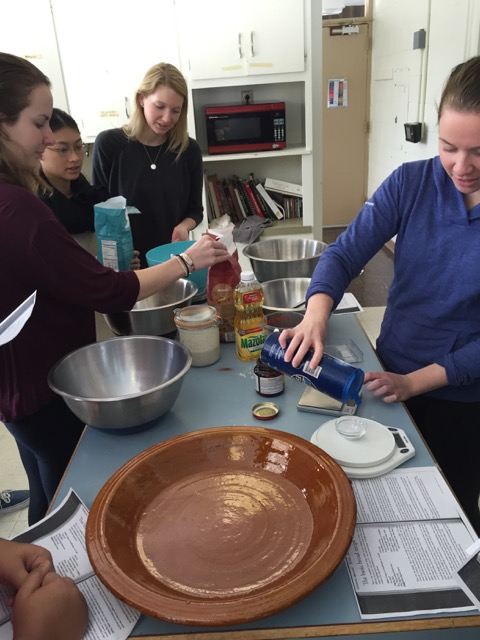
Co-authored by James Gelarden, Access Services Librarian
Building a bibliographic portfolio is a way for students and researchers to work smarter rather than harder. RefWorks is a tool that allows users to create bibliographies, organize references around a theme, and collaborate and share their bibliographic research.
In October, we held a workshop for ANT 201 Theory and History of Anthropology students to teach them the basics of using bibliographic software and strategies for organizing their research. Our hope was that these students would be developing a skill that would help them with research in their various courses at Connecticut College and beyond.
The first step was having students create RefWorks accounts. This is an easy task and all Connecticut College students have free access. RefWorks is not the only bibliographic software available: Zotero and Mendeley are also excellent options. However, RefWorks has a lot of useful features such as downloadable PDFs that can be annotated, cite-as-you-write compatibility with MS Word, and lots of sharing functions to facilitate group work.
Next, James demonstrated some of the basic functions of RefWorks: searching in databases (Jstor, Google Scholar, ProQuest, etc.), saving references and PDFs, creating folders, and sharing work. We impressed upon the ANT 201 students that building a bibliographic portfolio is of particular interest to majors. Students can create bibliographies for specific assignments and courses but they are likely to find that this research will serve them well in many courses as they navigate their majors and pathways. Our hope in this class was that students would become aware of central academic conversations in contemporary anthropological theory. As Anthropology majors take more classes in the discipline, they will start to build upon existing knowledge rather than doing all the work from scratch each time this write a new paper. RefWorks makes finding saved material very easy. This software encourages its users to create folders to organize their research by subject but entries can be tagged, and all aspects of the database are searchable.
RefWorks facilitates collaboration and sharing simple. Students doing group work can create and share bibliographic references, making it easier to coordinate research. Those writing theses and projects for graduation can share their work with their advisors, who can add new references and notes.

At the end of the workshop, all the students had functioning RefWorks accounts and a basic understanding of the platform. They have been putting the software to use in their annotated bibliography assignment and their term paper. We hope that they will continue to use RefWorks or another reference software throughout their time at Connecticut College. Getting organized about research early on in an undergraduate career can be a big time saver and is an excellent way to start building expertise and familiarity with scholarly literature in specific fields. It is also possible for Connecticut College graduates to request continued access to their RefWorks account.



